Review: Spain Rodriguez’ ‘Che: A Graphic Biography’
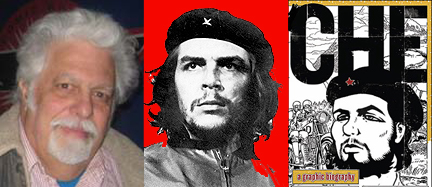
“Spain” Rodriquez and “Che” Guevara. Manuel and Ernesto. Two legends, one living, the other, well, not so much.
Spain has been a cartoonist for more than 40 years, one of the first and most visible and influential storytellers of the underground comix movement. While others were preoccupied (often brilliantly) with their X-rated tributes to Harvey Kurtzman, Max Fleischer and other visionaries of their childhood, Spain was telling adventure stories of urban America, often featuring his character Trashman. His works have a strong left-wing tilt. He continues to be active, contributing to [[[American Splendor]]], Blab! and [[[Tikkun]]], and he produced the highly acclaimed graphic novel [[[Nightmare Alley]]] for Fantagraphics. He’s been fairly active in recent years on the comics convention circuit, often appearing with S. Clay Wilson.
Che was a handsome medical doctor (specializing in leprosy) and revolutionary, part of the insurgency force that overthrew the Cuban puppet dictator Fulgencio Batista and his American mobster masters, Lucky Luciano and Meyer Lansky. When, in 1967, he was killed as he was organizing in Bolivia, Che became more than a mere martyr: he became an icon. Today, his likeness (inspired by Jim Fitzpartick’s classic illustration) is well-merchandised by capitalist clothing manufacturers in America. He even had floor space at the New York Licensing Show a couple years ago.
It was only a matter of time before Spain turned his professional attentions to Che. Actually, I’m surprised it took this long.
If you’re one of those people who reduce Dr. Guevara’s work down to that of an evil godless Commie, then this graphic novel is the exact right thing for you, as long as your life insurance is paid up. If you think the left might have had legitimate cause for their actions, you’ll like this as well. If you’re open-minded and curious about the events immediately to America’s south during the 1950s and 1960s that had such an overwhelming impact on our society and our political system, then this book is essential.


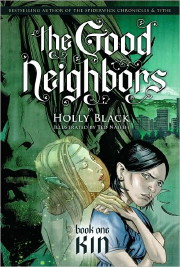
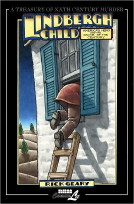
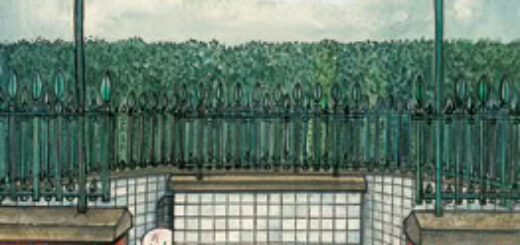
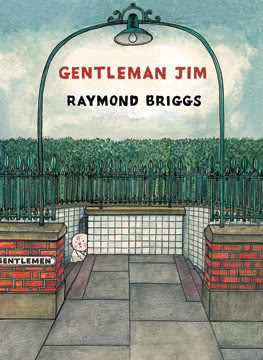 Like so many of the great cartoonists, Raymond Briggs operates almost in disguise, using his innocuous-appearing drawings and simpleton characters as a front while he delivers thoughtful commentary and a piercing wit.
Like so many of the great cartoonists, Raymond Briggs operates almost in disguise, using his innocuous-appearing drawings and simpleton characters as a front while he delivers thoughtful commentary and a piercing wit.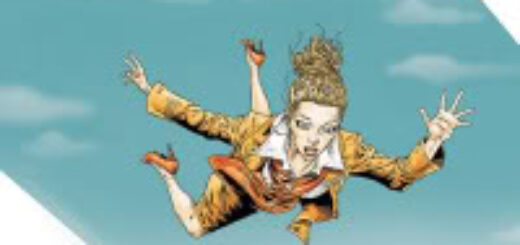
 There’s something so unabashedly original about writer G. Willow Wilson that it’s nearly impossible to not enjoy her comics projects, like last year’s graphic novel [[[Cairo]]] and this week’s new series [[[Air]]].
There’s something so unabashedly original about writer G. Willow Wilson that it’s nearly impossible to not enjoy her comics projects, like last year’s graphic novel [[[Cairo]]] and this week’s new series [[[Air]]].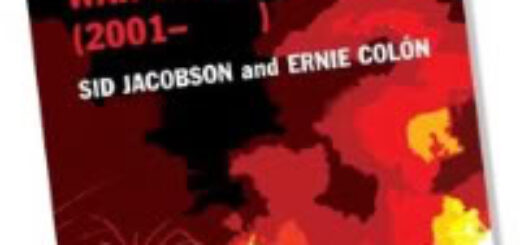
 A few years back, Sid Jacobson and Ernie Colón came up with the novel idea of retelling the
A few years back, Sid Jacobson and Ernie Colón came up with the novel idea of retelling the 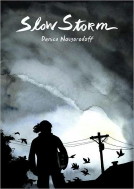
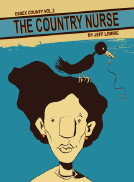
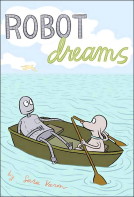
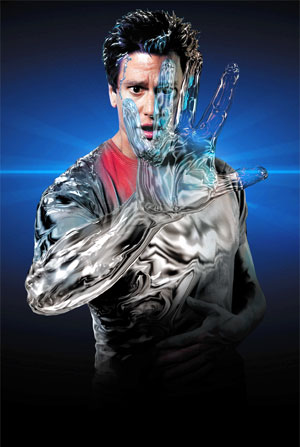 It’s something every single sci-fi geek has wondered at some point, possibly while concocting fiendishly devious plans: what if I could turn invisible?
It’s something every single sci-fi geek has wondered at some point, possibly while concocting fiendishly devious plans: what if I could turn invisible?








